Imagine the freedom of knowing the borders of 27 European countries are always open to you… the excitement of being able to say “actually I’m European” …
Escaping the U.S. for Spain, Italy, France, or Portugal, where you can enjoy inexpensive (sometimes even free) healthcare… whole foods (not processed mystery stuff) … friendly people… beautiful, art-filled cities, and peaceful countryside…
For Americans considering a move overseas, there’s no place as welcoming… as civilized… and as easy as Europe. You blend in... and in many places across the continent, most everyone speaks English.
A part-time or even full-time life in Europe is within your reach. And in the pages of International Living, you’ll discover everything you need to know to start preparing for your European retirement right away.
The opportunity to live in historically rich settings while enjoying modern amenities is leading more Americans to choose Europe as their new home, seeking a better balance between work and life. For example, more than 75,000 Americans were granted residence permits by the European Union/Schengen Area countries in 2022.
How to Move Out of the U.S.
How to Move Out of the U.S.
In all sorts of beautiful, welcoming, culturally rich, saner places around the world, you can live well from $2,000 a month (all in, housing included). Sign up for our free daily IL Postcards e-letter and we’ll immediately send you a free report on the WORLD’S # 1 RETIREMENT HAVEN— plus 9 more spots you should have on your radar. Each day, you’ll earn about the best places to move to, retire, travel, buy real estate, and enjoy a good life for less, overseas.

By submitting your email address, you will receive a free subscription to IL Postcards, Overseas Dream Home, The Untourist Daily and special offers from International Living and our affiliates. You can unsubscribe at any time, and we encourage you to read more about our Privacy Policy.
The surge in Americans moving to Europe is fueled by several factors, including the high cost of living and political discontent in the United States…
The morning after the 2016 election, Connie Livingston called her son Nick, who was living in Edinburgh. “I just sobbed for half an hour. I knew in my gut that things were never going to be the same in the US.”
Living in Spain, she is aware of American politics but feels “cocooned” from them. However, being back in the US is another story, “It’s family first, relationships first,” she says. “People disagree, especially in Catalonia, but still, they have these basic values that are built into the culture that people treat each other well. They treat each other decently as human beings even when there is division.”
Currently living in the idyllic French city of Avignon, Maureen Steinberg — a real estate professional from Southern California—had never really imagined leaving the United States to retire abroad. She had always felt immense pride in being a part of such an amazing country. She still does—albeit from the comfort of her new life in southern France.
“It’s just all of a sudden, like in a short period of time, Americans became so hateful and angry. And so stressed. When I go back, I see how stressed we are all the time, worried about everything.”
Read more stories from folks who’ve recently made the move to Europe below. Each of these expats moved to Europe in search of a better quality of life, financial stability, and a sense of community.
La Primera Exiliada: Why I Moved to Spain After 2016 US Election
Leaving the City of Angels: A Priest Finds Sanctuary in Madrid
From L.A. to Avignon: A California Climate… A Better Lifestyle
Swapping Military Life for "La Vie en Rose" in Charente, France
Why This Hollywood Couple Chose France's Dordogne for Their Dream Home
Why Europe?

If you’re looking for an easy, relaxed, affordable retirement, here’s just some of what Europe’s best destinations offer:
Temperate four-season climate: From sunny Mediterranean coastal areas to beautiful rolling green hillsides and fertile farmland, there’s a perfect place for everyone.
Top-quality affordable healthcare: Europe’s best destinations offer affordable national healthcare programs that rank well ahead of the U.S. when it comes to overall efficiency, says the Commonwealth Foundation —critically important in this day and age.
And the really good news: In many European countries, with a resident visa, you can qualify for national health programs that provides comprehensive coverage, often no matter your age.
All the comforts of home: Modern shopping malls and world-class hospitals. Reliable high-speed internet is available just about everywhere.
A built-in community of English-speaking locals and expats: You’ll almost always find someone nearby that speaks English. No matter their official language, most all Europeans speak some English. It’s taught in school from a young age. And you’ll find a good number of Brits and other English speakers who have settled all around the EU.
Overall affordability: I’ve already mentioned this but it’s worth stating again: In the best destinations in Europe, it’s easy to live very comfortably...even a café-society lifestyle...on a modest budget.
Understanding Legal Requirements
Navigating the legal landscape is perhaps the most daunting part of moving to Europe. Key to your move is understanding the variety of visas available—retirement, non-lucrative, or perhaps a golden visa, which involves investment but offers the perk of residency. Each country in Europe has specific requirements and processes for applying for residency, which are crucial to understand well in advance.
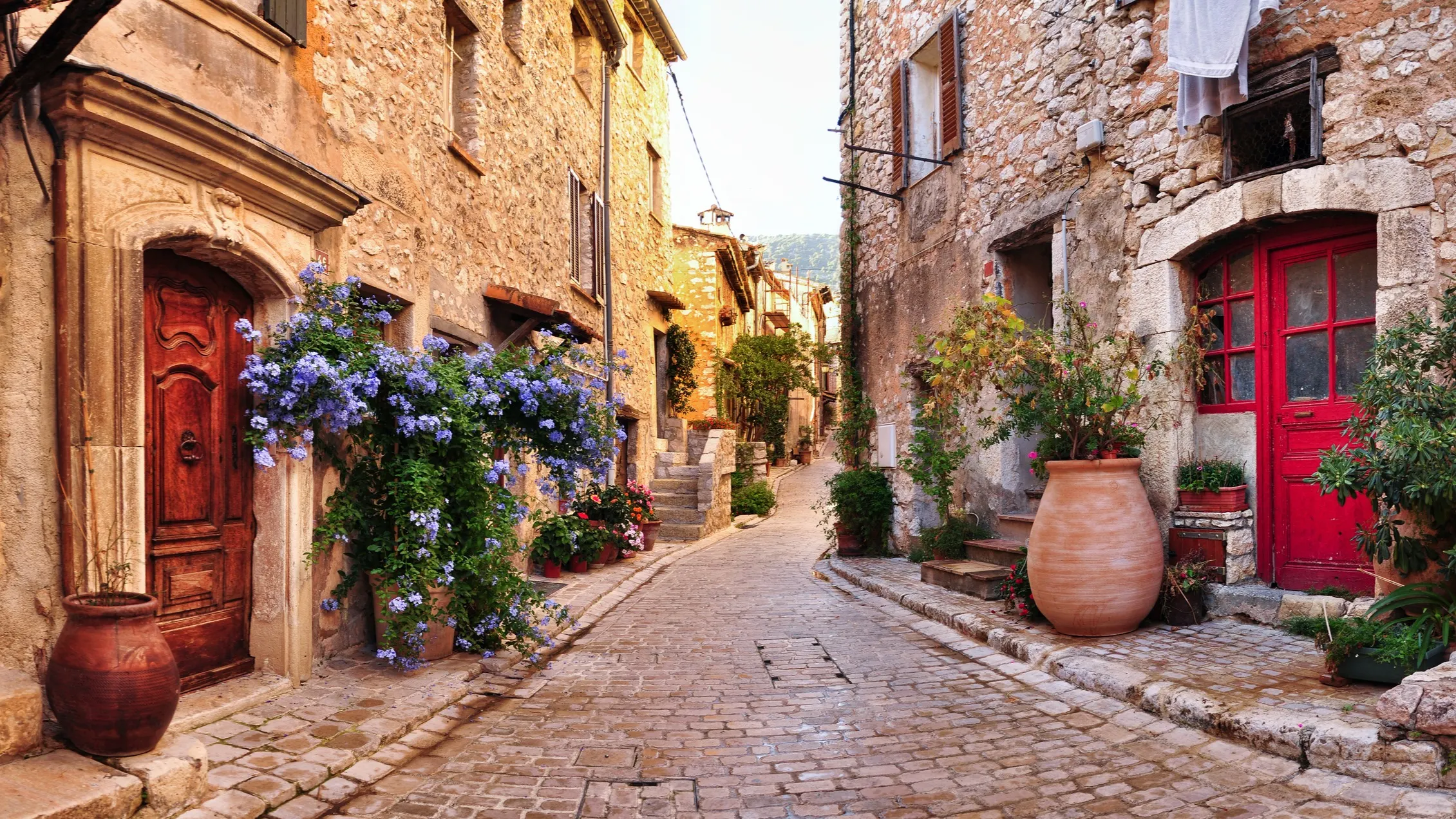
The Schengen Zone
Most of Europe now belongs to the Schengen Zone of countries, which, unfortunately, only allows Americans to remain in the entire area of 26 countries for 90 days every 180 days. For a seamless experience while complying with legal requirements, refer to our detailed guide, designed to help you navigate the intricacies of an extended European journey.
Where to Retire in Europe
Somewhere in Europe, the ideal home is waiting for you. It might be a half-timbered cottage deep in the apple-blossom countryside of rural Normandy…an Andalucian village house in one of Spain’s traditional pueblos blancos…an apartment in elegant Paris or buzzy Barcelona…a bungalow in Cyprus, or a House of Character in Malta.
For some, it might be a chalet in a twinkly Swiss alpine village or a traditional sugar-cube house with deep blue shutters on a Greek island.
Here are the best places to retire in Europe, many of which rank highly in the 2024 Annual Global Retirement Index:
PORTUGAL
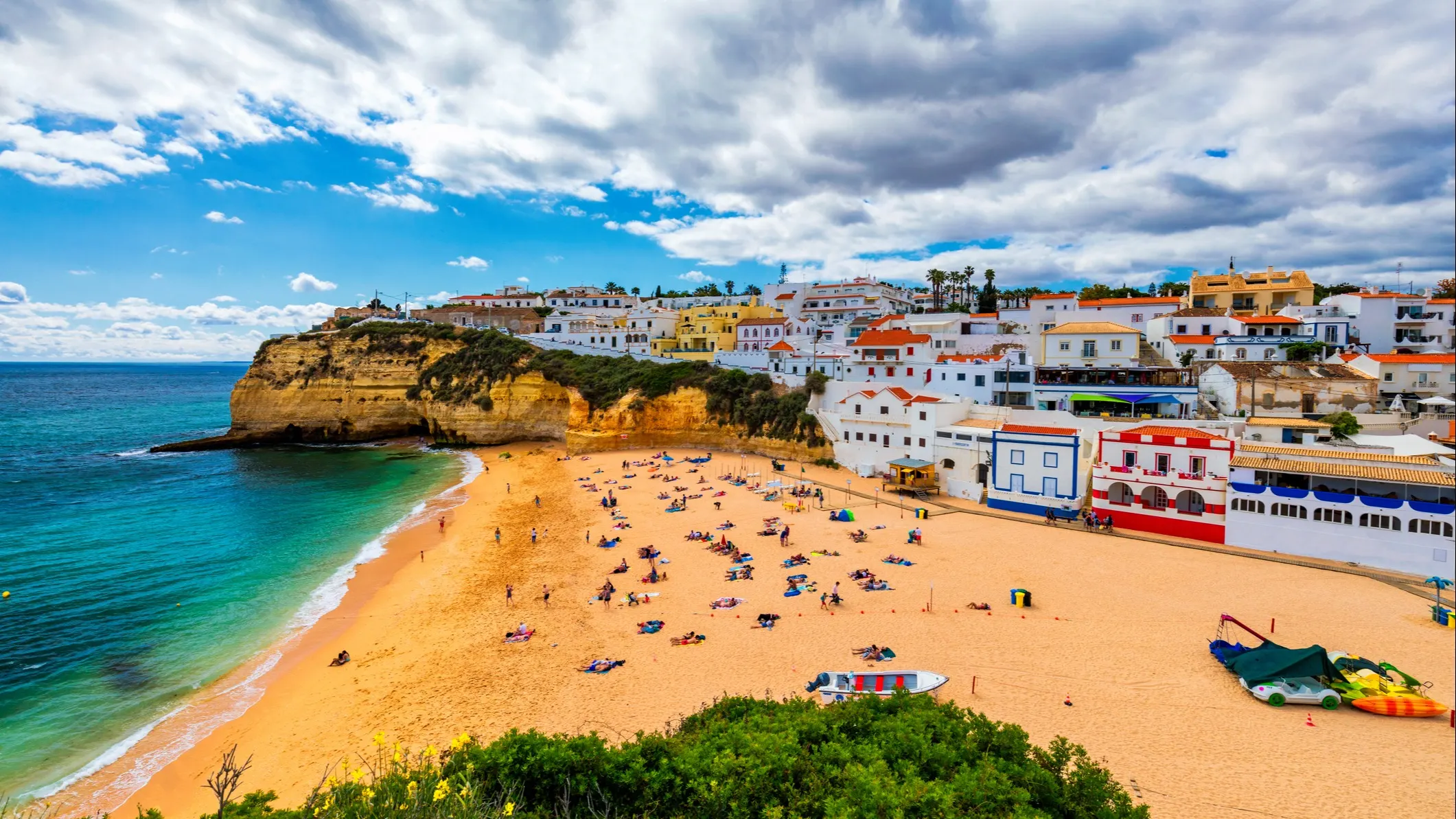
Living in Portugal gives you an abundance of choices: you can base yourself in a sleepy fishing village, a thriving beach resort, a mountain retreat, or in the heart of vibrant Lisbon—where the restaurants, museums, and attractions rival anything else in Europe. Whatever private hideaway you choose, you’re sure to make new friends quickly…because Portuguese people are some of the most relaxed, family-oriented, helpful, and courteous folks you’ll meet anywhere.
Learn more about Portugal:
Get Your Free Portugal Report Today!
Get Your Free Portugal Report Today!
Discover why we love a slower pace of life in Portugal and info on other European countries in our daily postcard e-letter. Simply enter your email address below and we’ll send you a FREE REPORT – Explore the Old World in Laidback Portugal.

By submitting your email address, you will receive a free subscription to IL Postcards, Overseas Dream Home, The Untourist Daily and special offers from International Living and our affiliates. You can unsubscribe at any time, and we encourage you to read more about our Privacy Policy.
SPAIN
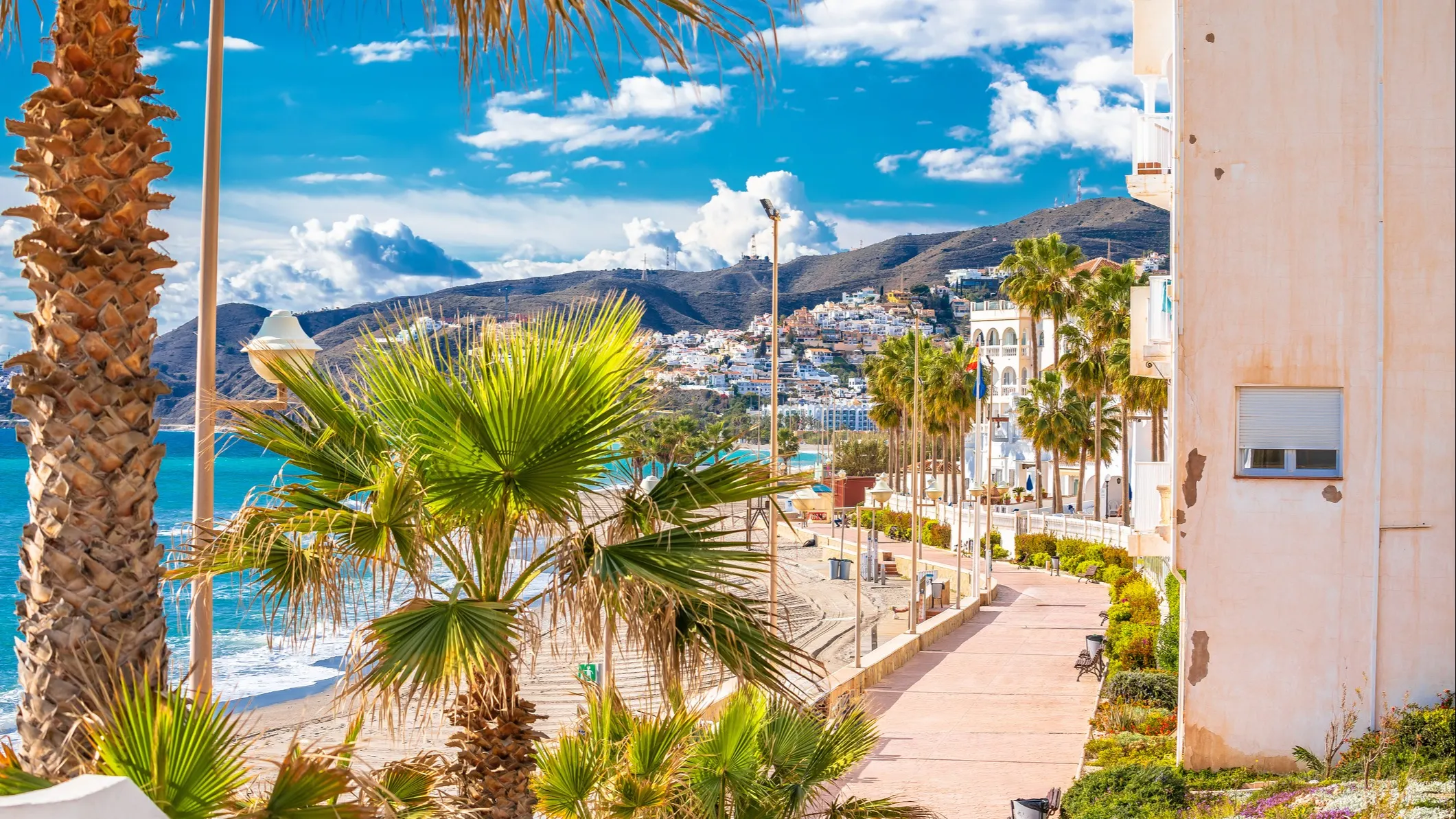
Among Europe’s most affordable destinations, Spain is one of the continent’s largest countries and, from the ski resorts of the Pyrenees in the north, to the white Mediterranean beaches of the Costa Blanca, one of its most varied.
Learn more about Spain:
Get Your Free Spain Report Today!
Get Your Free Spain Report Today!
Learn more about the lower cost of living in Spain and other countries in our free daily postcard e-letter. Simply enter your email address below and we'll also send you a FREE REPORT — Live the Good Life in Sunny, Affordable Spain.

By submitting your email address, you will receive a free subscription to IL Postcards, Overseas Dream Home, The Untourist Daily and special offers from International Living and our affiliates. You can unsubscribe at any time, and we encourage you to read more about our Privacy Policy.
GREECE

Greece offers the quintessential example of a lifestyle so many retirees seek: a low cost of living in a beautiful, warm destination with high-quality, affordable healthcare. It’s also located in a part of the world that offers unlimited opportunities to explore, in this case across Europe, Africa, and the Middle East.
Learn more about Greece:
Get Your Free Greece Report Today!
Get Your Free Greece Report Today!
Learn more about a slower pace of life in Greece and other countries in our free daily postcard e-letter. Simply enter your email address below and we'll also send you a FREE REPORT — Retire in Greece—Find Your Dream Retirement in This European Archipelago.

By submitting your email address, you will receive a free subscription to IL Postcards, Overseas Dream Home, The Untourist Daily and special offers from International Living and our affiliates. You can unsubscribe at any time, and we encourage you to read more about our Privacy Policy.
FRANCE

Truly the quintessence of sophisticated European living, France has everything from the high mountain passes of the Alps, with their world-class skiing and hiking, to the revered vineyards of Bordeaux and Burgundy, to the haute couture elegance of metropolitan Paris. There is very little that France does not provide, but the biggest shock for most potential expats is that, outside of the upscale neighborhoods of the capital, it does so for a price that most Americans would consider to be a significant savings on their cost of living. Honestly, there’s a very, very strong chance that you can, in fact, afford to live in France.
Learn more about France:
Get Your Free France Report Here
Get Your Free France Report Here
Learn more about France and other countries in our daily postcard e-letter. Simply enter your email address below and we’ll send you a FREE REPORT: A Taste of France: All the Ingredients for the Good Life.

By submitting your email address, you will receive a free subscription to IL Postcards, Overseas Dream Home, The Untourist Daily and special offers from International Living and our affiliates. You can unsubscribe at any time, and we encourage you to read more about our Privacy Policy.
ITALY
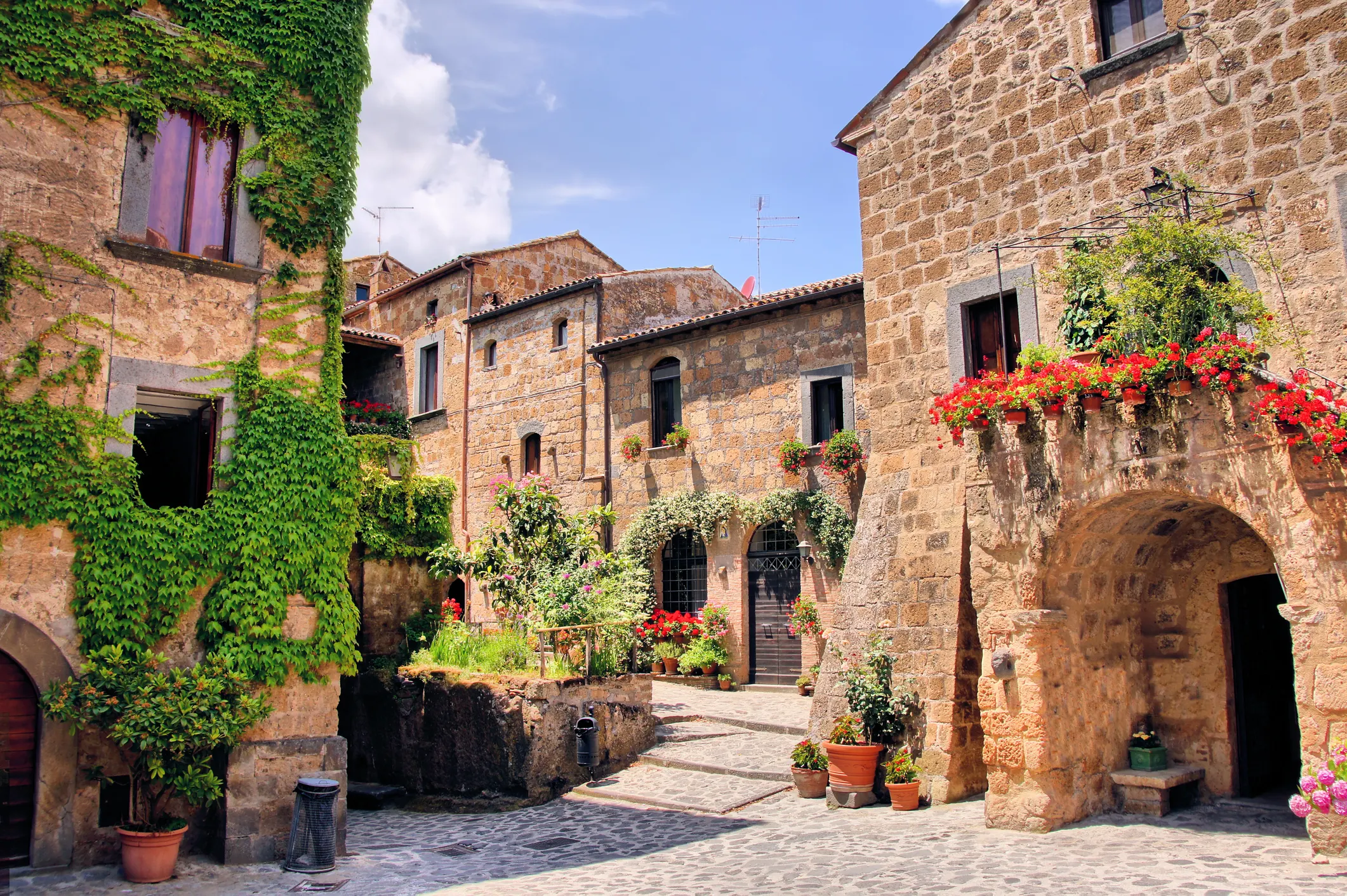
Italy has a staggering amount to offer travelers…and residents. Romantic cities, timeless hill towns, snowy mountains, idyllic islands, vineyard-covered countryside, and a rivetingly beautiful coastline. Expats in Italy say they love not only the art, culture, impressive architecture, world-renowned food, and easy access to the rest of Europe, but also the slower pace of life and the culture that prioritizes family and friends over work and to-do lists.
Learn more about Italy:
Get Your Free Italy Report Today!
Get Your Free Italy Report Today!
Learn more about Italy and other countries in our daily postcard e-letter. Simply enter your email address below and we’ll send you a FREE report – Italy: Europe’s Most Seductive Country.

By submitting your email address, you will receive a free subscription to IL Postcards, Overseas Dream Home, The Untourist Daily and special offers from International Living and our affiliates. You can unsubscribe at any time, and we encourage you to read more about our Privacy Policy.
MALTA
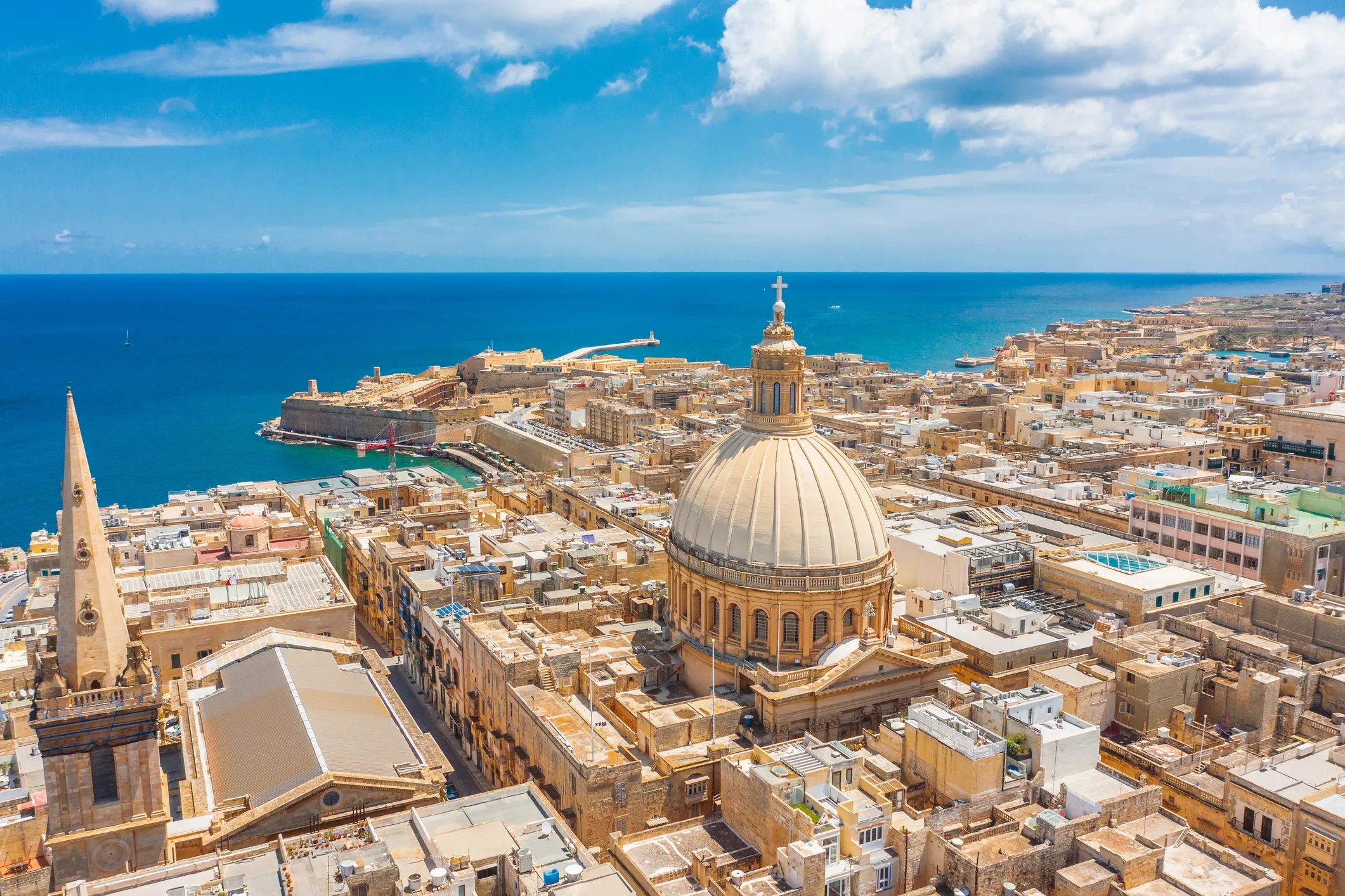
Malta has the beautiful Mediterranean Sea, a warm and sunny climate, and a peaceful lifestyle waiting to be lived. Anchored almost in the center of the Mediterranean Sea, 60 miles from the Italian island of Sicily, Malta isn’t a mainstream destination for North American tourists. In fact, it’s probably no exaggeration to say that few of your friends and colleagues will have an inkling as to where this little island is.
For discerning travelers with a love of culture, history, and excellent weather, that’s good news.
Learn more about Malta:
How to Move Out of the U.S.
How to Move Out of the U.S.
In all sorts of beautiful, welcoming, culturally rich, saner places around the world, you can live well from $2,000 a month (all in, housing included). Sign up for our free daily IL Postcards e-letter and we’ll immediately send you a free report on the WORLD’S # 1 RETIREMENT HAVEN— plus 9 more spots you should have on your radar. Each day, you’ll earn about the best places to move to, retire, travel, buy real estate, and enjoy a good life for less, overseas.

By submitting your email address, you will receive a free subscription to IL Postcards, Overseas Dream Home, The Untourist Daily and special offers from International Living and our affiliates. You can unsubscribe at any time, and we encourage you to read more about our Privacy Policy.
Move to Eastern Europe
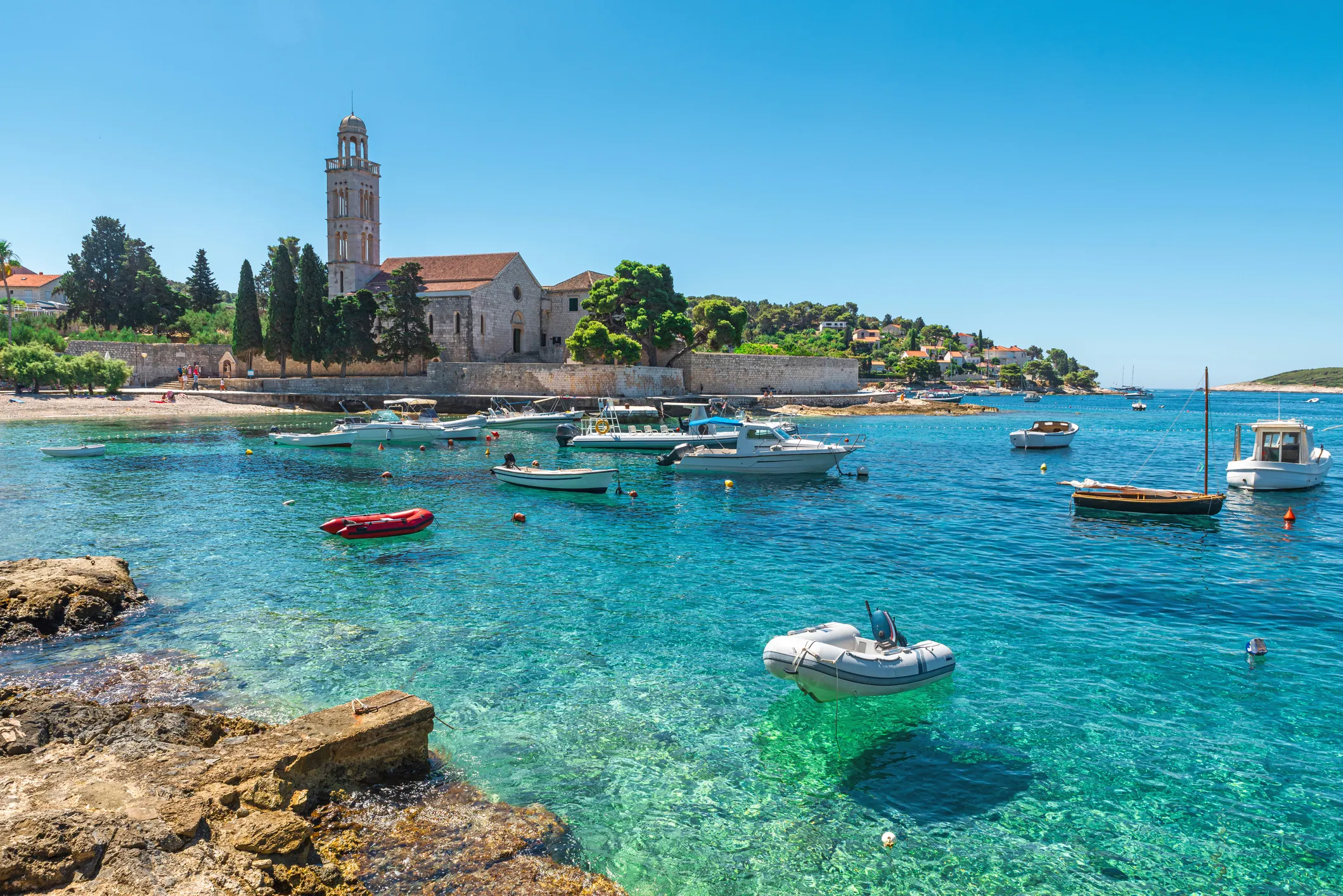
Nearly 35 years after the fall of the Berlin Wall, much of Eastern Europe—what was behind the Iron Curtain anyway—remains shrouded in mystery for North Americans. But those intrepid travelers who’ve made it there—and pioneering expats who’ve settled down—have discovered picturesque towns, steeped in medieval and Renaissance history, with the storybook architecture and natural scenery to match.
Add in vibrant cultures, delicious local cuisine, friendly people, and low cost of living and you have little-known destinations that are well worth a closer look and rival the likes of anything you find in the western half of the continent. And most cost less...
Learn more about these countries below:
Romania, Albania, or Serbia: Which Balkan Country is Right for You?
Three Months of Expat Living in Low-Cost Ohrid, North Macedonia
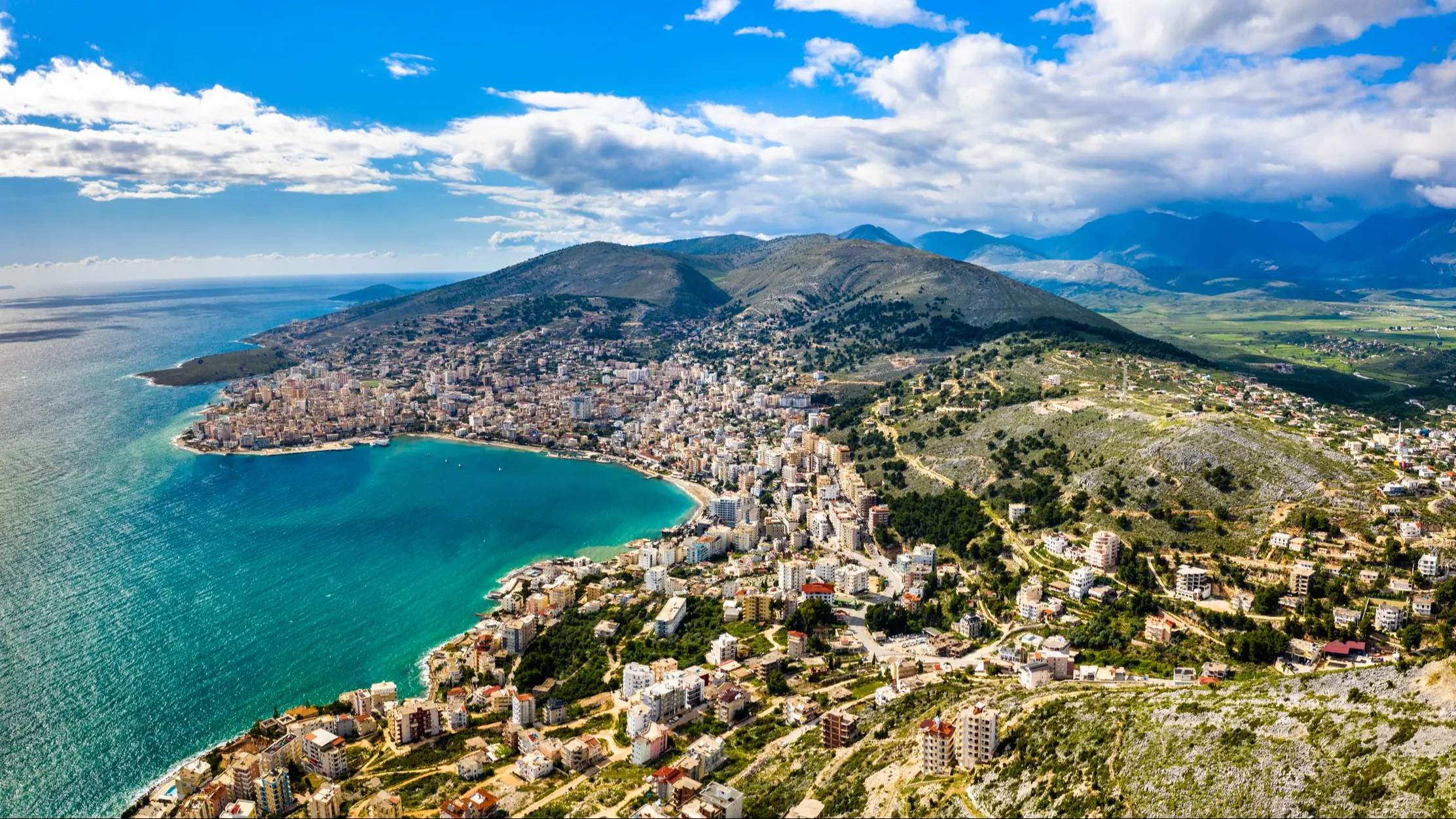
The Good, the Bad, and the Better of Living in Europe
By Jeff D. Opdyke
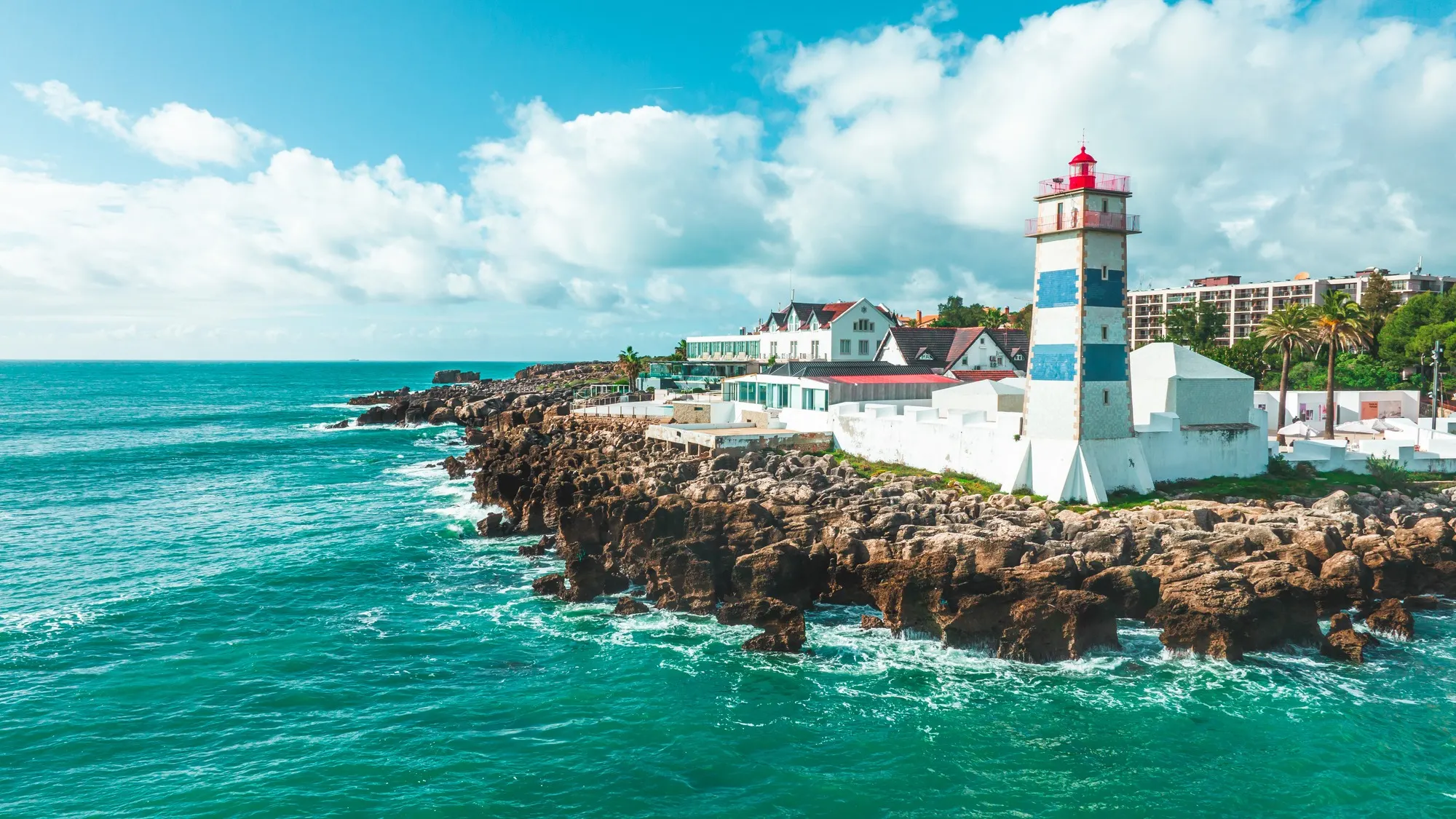
Five years ago, I packed up my American life and decamped for Europe. Family and friends are either jealous of my new café lifestyle, or confused as to why I would trade the freedoms of America for the socialism and higher taxes of Europe. (Learn how to pay less tax here.)
Many preconceptions about Europe, like freedom-depriving governments, are generally wrong. Let me tell you what life in Europe is really like.
Politics: Good
My favorite part of living in Europe is the lack of politics. I hate—with the white-hot intensity of 1,000 suns—politics in the US today. The red-blue divide has destroyed the America I grew up in. But here in Europe, no one ever asks about American political issues… except to wonder what I think of my homeland’s decline.
And those conversations are more curiosity than confrontation. When I visit the US, the disdain for anyone who thinks differently is palpable. I’m exceedingly happy I’m away from that.
Food: Good… With a Caveat
Food in Europe is, on the whole, superior to food in the US. It’s fresher because it’s regularly based on seasonal availability and absent of all the Frankengredients America’s FDA allows into processed foods.
Portions are also human-sized here. I’ve never ordered a meal only to be given a plate that a family could legitimately share. I never feel overstuffed, unless I go to an all-you-can-eat sushi bar—but that’s just a personal weakness.
I can pick artisanal cheeses and meats from the smallest regions everywhere I go, and they’re superior to the multinational branded stuff. Sure, there are regional products in US supermarkets too, but again the FDA has imposed all kinds of rules that limit what you can buy. Even the big chains here often carry products from small mom-and-pop farms and whatnot.
Wine is ridiculously good value, too. A bottle costing $25 in the US will ring up at between $3 and $7 here. A $100 bottle in America might set you back $27 in Portugal. Farmer’s markets, fishmongers, and butchers are also more abundant than I’ve ever seen in the US… and I’ve lived in nine cities, West to East Coast and North to South. The offerings are local and the value superb. The day before I wrote this, my wife and I popped into a butcher near our apartment. We bought two bone-in pork chops, two plump chicken breasts, and one pound of freshly ground beef. For that, I paid just over $8. I just eyeballed some prices online at a random Kroger in Troy, Missouri and calculated that the same items would cost me about $13.50.
But… there is a lack of ingredient variety. That’s the bad. I swear jalapeños must be illegal in Europe. In five years, I’ve never found fresh jalapeños anywhere I’ve shopped in Prague or Portugal. (So much for a nice salsa.) A trifling complaint, no doubt. But when you love to cook, as I do, jalapeños going MIA is indicative of a larger challenge.
Here in Portugal, I can’t find fresh dill. In Prague, celery was a bear to secure in the cold months. Hunting down short ribs and certain cuts of meat can be a challenge—anyone know if there’s a god of meat to whom I can offer a sacrifice?
Likewise, selection is bad. You won’t find 900 different cereals in the supermarket, for instance. So you end up tempering your desires. (I’d bludgeon a baby seal for a box of Life cereal right now, or Cracklin’ Oat Bran… even Cap’n Crunch.)
Still, you can almost always find what you’re looking for, though that might require visiting several shops over a number of days. Or specialty shops that carry US and British favorites, though at markedly higher prices. And if you can’t find it, well, you learn to do without.
Language: Good and Bad
The only places I’ve ever had lost-in-translation moments in Europe are supermarket checkout lines and healthcare intake queues. Checkout workers in Portugal largely do not speak English, though you can muddle through. And in Prague, the check-out workers revel in ripping you apart for not weighing your produce before you reach the checkout line.
And while every doctor and nurse I’ve interacted with does speak English, the intake workers who check patients into a public clinic rarely do. That can be quite the frustration. (You can circumvent this by going to private clinics, whose intake workers almost always speak English.)
Language is also a challenge when it comes to basic services. I’ve never had a problem dealing in-person with representatives at utilities offices and the like. But when you’re told to call a number to manage a particular issue, that’s a death sentence. You rarely find English-language options, and at that point you’re stuck in a loop of "Now what?"
Also, language is a necessity for obtaining citizenship and a passport at some point—and that can be bad if you’re not familiar with the language where you land. Czech is damn near impossible, frankly. As for Portuguese, well, I’m fluent in horrifically bad Spanish, which I’m hoping will help me become just fluent enough in horrifically bad Portuguese to pass the test five years from now.
The good? Well, outside of those specific instances, English is spoken everywhere. Portugal, Czech Republic, Montenegro, Croatia… everywhere I’ve alighted, English has fared me well.
Healthcare: Good
I cannot stress enough how calming it is to have affordable medical costs. I recently visited a doctor for an ear issue. The consultation was €100 ($110), but I showed the intake worker a card my utility company gave me—yes, my utility company!—and suddenly my bill was €30 ($33).
And that’s without insurance. In America, that would have been the cost of a copay with insurance. Without insurance, I’m quite certain I’d pay much more.
A CT scan for a neck issue was €124 ($135). Again, that’s out-of-pocket cost. Removing a wisdom tooth in Prague was the equivalent of $80. I’ve just recently purchased a family health plan in Portugal. The monthly cost for two adults and a child is €217 ($237), everything covered. When I lived in Southern California, my subpar plan for one person was $550 per month, and it required huge co-pays.
Overall, European healthcare is top-notch. The facilities aren’t always what you might expect; they can seem dated and, in the Czech Republic, a bit like a 1950s Soviet mental ward. But the equipment is uber-modern, and the level of care is high—even higher than in the US. Just don’t expect antibiotics. The European aversion to antibiotics is only surpassed by a cat’s aversion to a bath.
Mail: Bad
I’m not talking about service here. I’m talking about receiving packages from outside the European Union. Portugal imposes import duties, and will hold up your package for days as it’s processed. You have to prove online with receipts what you bought and how much you paid. Then you have to make your way to a post office to pay whatever duty is owed before your package is released.
Your item might arrive in a day or two, but the process of imposing duties will take a week or longer. So much for express delivery. My advice: If you live within the EU, order from companies inside the EU. Otherwise, prepare for the postal equivalent of a proctology exam.
Overall Costs: Good
Outside of major world capitals like London, Paris, Zurich, Oslo, and Rome, daily living costs are markedly lower than the US. My living costs in Prague and now Cascais are 40% to 60% lower than I would pay in the US for the same standard of living. Which means my standard of living soared when I left the US. There is no city in America, for instance, where I can live in a nice three-bed, two-bath apartment a seven-minute walk from the sea… for the equivalent of $2,200 per month in rent. Plus, traveling from country to country, even for short getaways, is dirt cheap because of abundant low-cost airlines and the expansive rail network.
A note on taxes: Yes, they may be higher in much of Europe. But many countries with retiree and/or digital nomad visas typically offer huge tax incentives that radically reduce your burden. My tax rate in Portugal: 0% for 10 years. I’m gonna call that "good."
Product Quality: Bad
That is an unfairly broad overstatement, and likely indicative of my personal frustrations. But when you’re accustomed to US levels of quality, European quality can be scream-worthy.
Aluminum foil and cling-wrap are good examples. Foil here is only marginally thicker than the thinnest toilet paper. Cover a whole chicken you’re baking, and chances are greater than 100% that the foil will rip as you’re cinching it around the edges of the roasting pan. Cling-wrap? I won’t even share the horrors of that war. Just know that it’s bloody and there are no winners.
Similarly, workmanship in apartments is too often substandard. Granted, we’re talking about buildings that are many decades, if not a century or two, old, so hurdles exist. Still, the quality of remodels isn’t what you might hope for.
Speaking of…
Kitchens: Bad Again, this is coming from a cook. If you eat out a lot, you won’t care.
While European kitchens are modern and up-to-date with induction stovetops and whatnot, they’re typically quite small. Space is cramped, refrigerators are narrow, and freezers don’t hold very much. Most ovens I’ve seen wouldn’t fit a typical Thanksgiving turkey, though you won’t have a problem with anything else.
You’ll most likely find a washing machine in the kitchen, too—assuming an apartment or house has one. Lots don’t. Dryers are even more rare. My wife and I grew so tired of air-drying clothes on a wire rack that we broke down and bought a dryer for the apartment we’re renting. That convenience has made a world of difference.
Quality of Life: Supreme
I know that in 2018, I made the right decision. There are hassles and frustrations for sure. There’s bureaucracy and ways of doing things that make us Americans recoil in horror at the inefficiency. But my life in Europe is superior to the one I’d be able to afford in the US (despite a dearth of Cap’n Crunch and jalapeños).
My life is slower. My life is happier. And my income goes a helluva lot farther than it ever did in America, which offers me a greater sense of financial freedom and contentment. From time to time, I do think about returning to America. But then I think about the cost of living, the political divisiveness, the gun violence, the traffic, the healthcare costs…
When you get this quality of life at this price, you really can’t complain.
I’m content in my European life.
How to Move Out of the U.S.
How to Move Out of the U.S.
In all sorts of beautiful, welcoming, culturally rich, saner places around the world, you can live well from $2,000 a month (all in, housing included). Sign up for our free daily IL Postcards e-letter and we’ll immediately send you a free report on the WORLD’S # 1 RETIREMENT HAVEN— plus 9 more spots you should have on your radar. Each day, you’ll earn about the best places to move to, retire, travel, buy real estate, and enjoy a good life for less, overseas.

By submitting your email address, you will receive a free subscription to IL Postcards, Overseas Dream Home, The Untourist Daily and special offers from International Living and our affiliates. You can unsubscribe at any time, and we encourage you to read more about our Privacy Policy.
